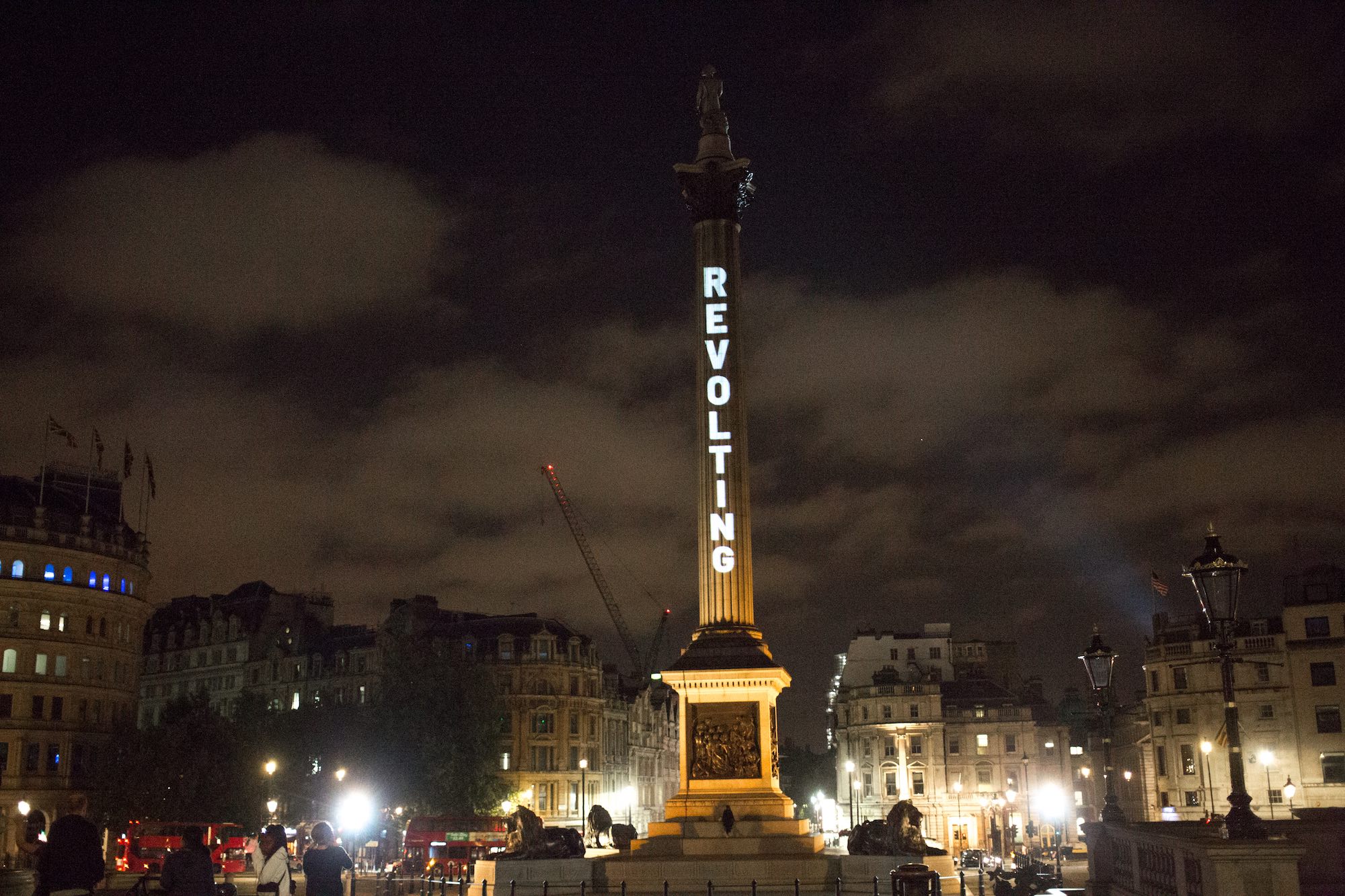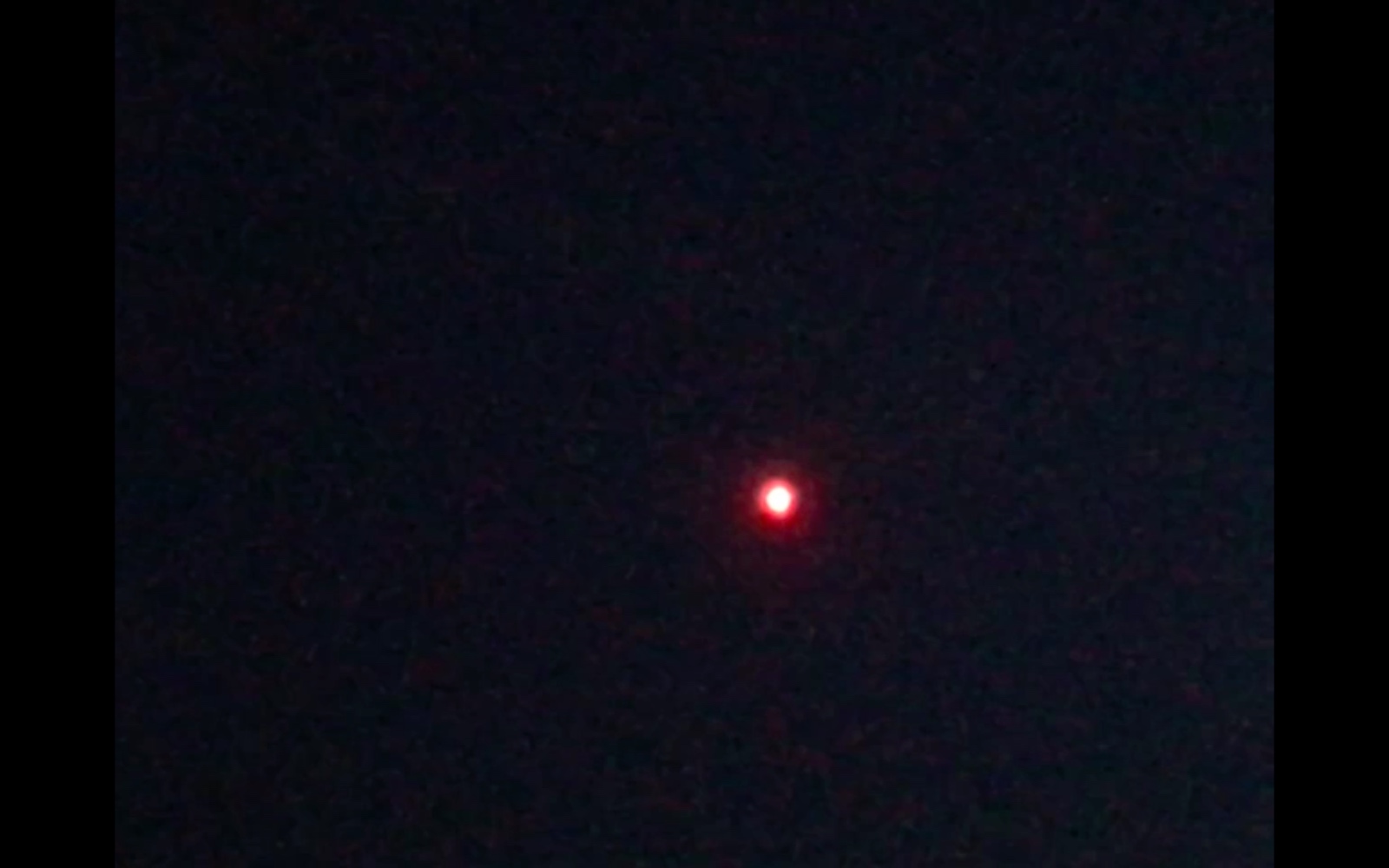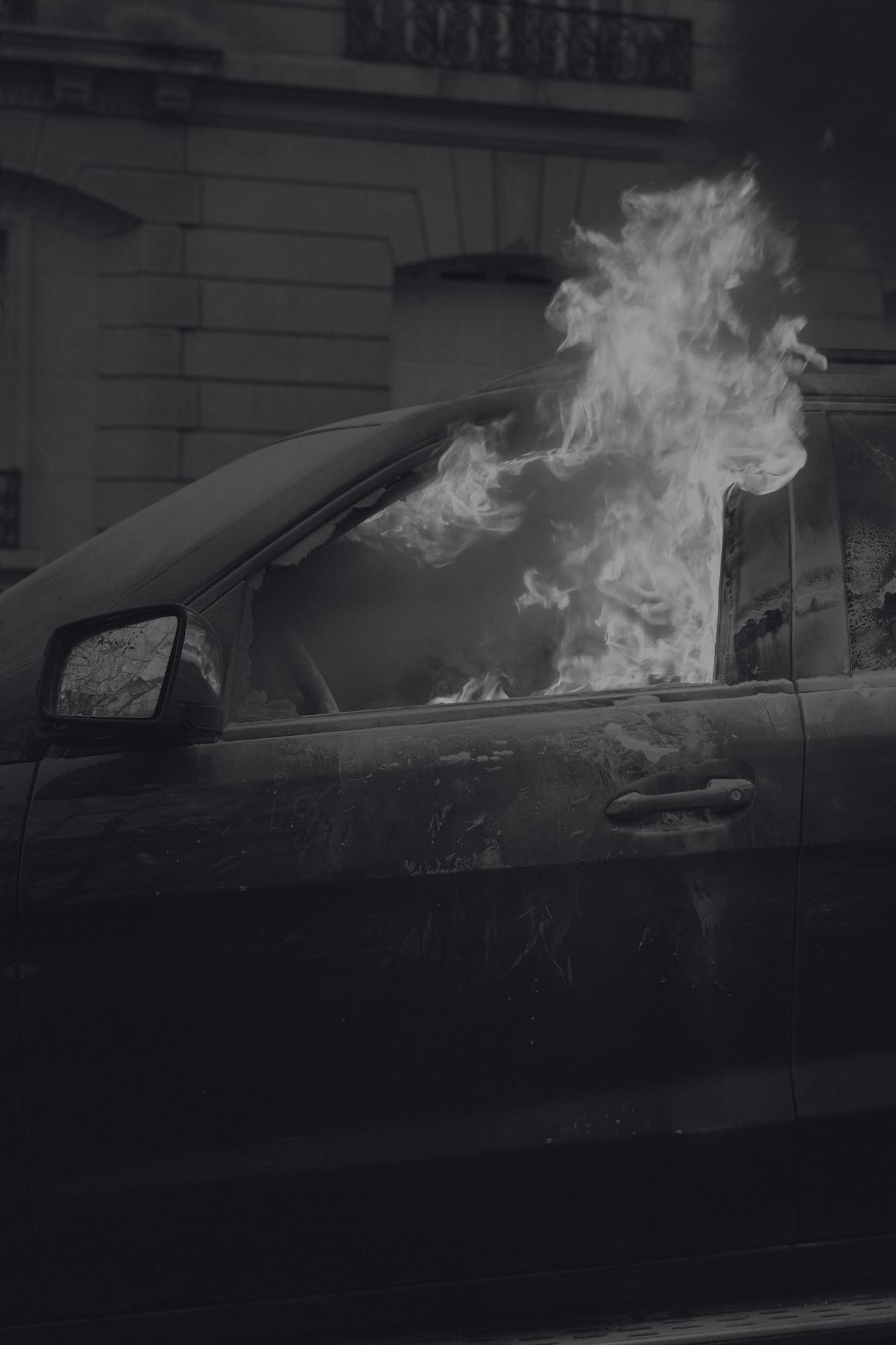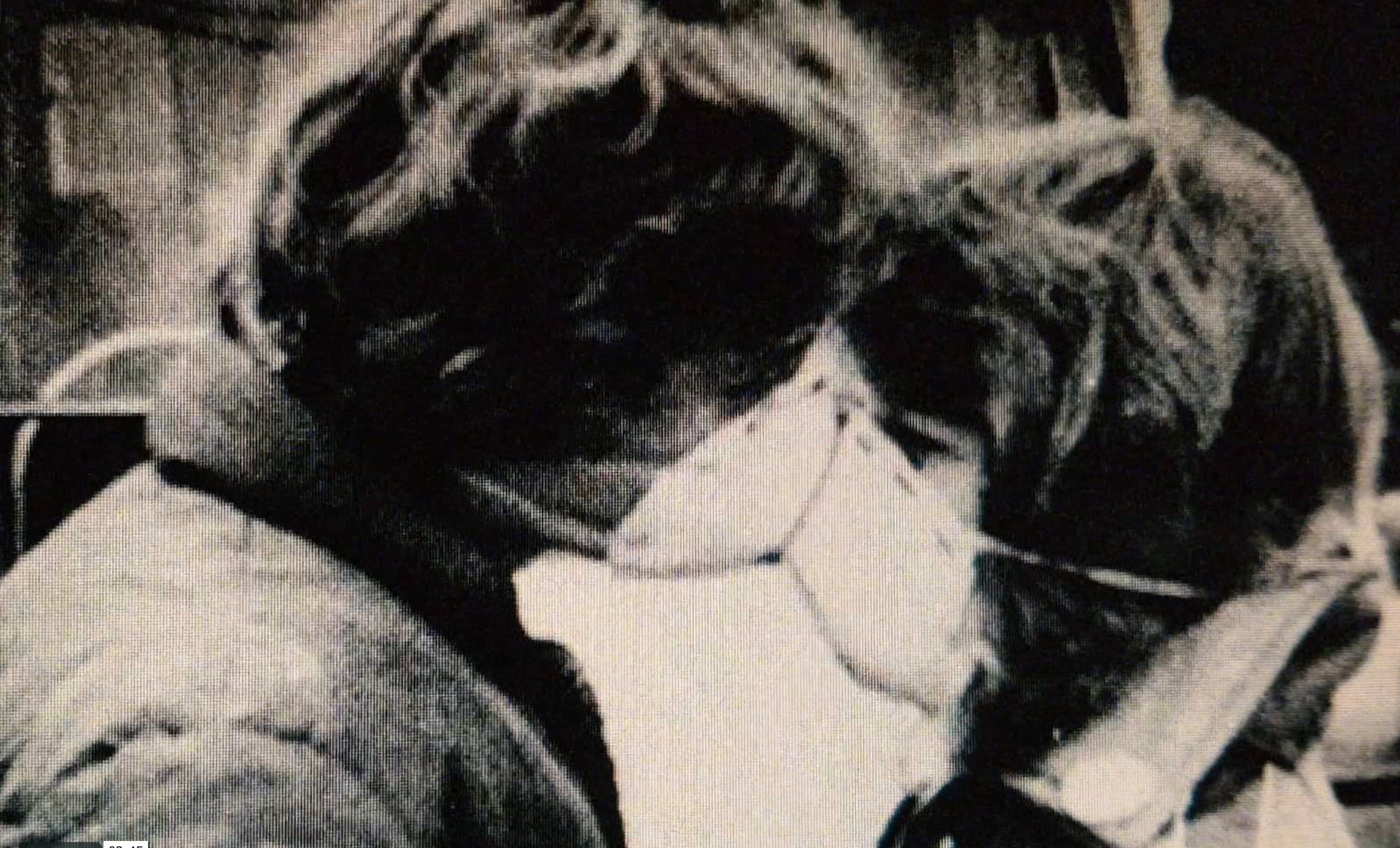The Only Lifeboat in Japan
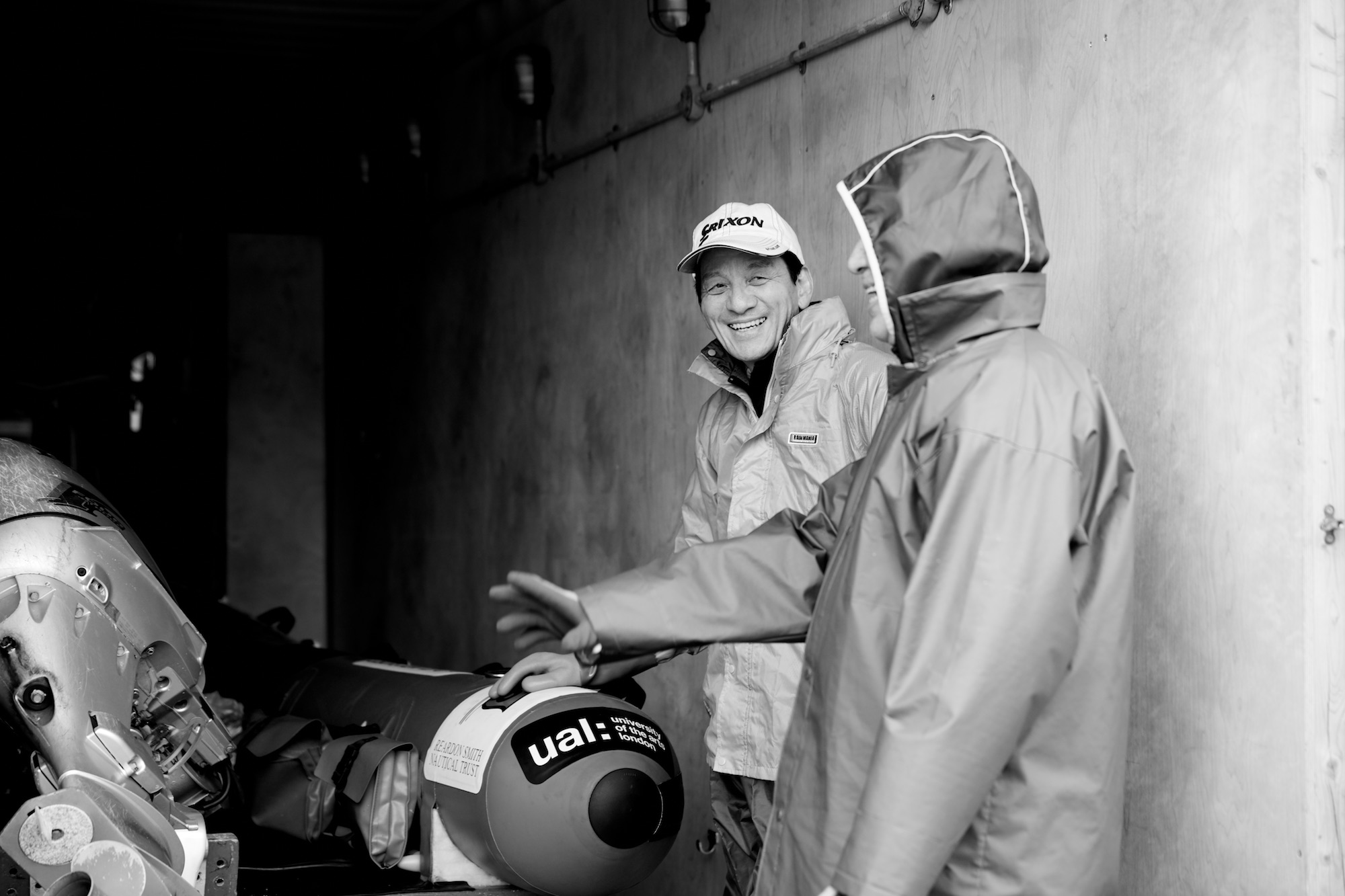
Devastated by the 2011 tsunami, the small mining town of Kamaishi in Japan is now home to the country’s first official lifeboat service
On March 11, 2011, at 2.46pm, the most powerful earthquake ever recorded in Japan sent shockwaves resulting in a powerful tsunami. The 9.0 magnitude earthquake off the Pacific coast of Tohoku created tsunami waves reaching up to 40 metres in height, and traveling up to ten kilometres inland. It was the fourth most powerful earthquake recorded in the world, and actually moved Honshu, the main island of Japan, 2.4 metres to the east.
Shoschichi Maekawa (前川昭七), a local fisherman, who lost his daughter in the disaster
The small mining town of Kamaishi in Iwate was decimated. Videos and photographs of the destroyed area were shown on news channels throughout the world: images of ships eerily displaced onto the tops of buildings, families searching for loved ones, lone people stranded in strange places. The world watched as the people of Japan began an enormous search and rescue operation to track down any remaining living people. In Kamaishi alone, approximately 1,000 died. The village of Nebama beach was destroyed. Today, a cemetery sits on the hill to remember the villagers who were lost that day.
There are subtle yet pertinent reminders of the 2011 tsunami throughout Kamaishi. Water level signs indicate how high the water rose throughout the town as a result of the devastating waves, while routes for tsunami evacuation are clearly signposted. There is a very noticeable sense of quiet reflection in the people who live and work there.
“‘Just run! Run uphill! Don’t worry about the others. Save yourself first. And tell the future generations that a tsunami once reached this point. And that those who survived were those who ran. Uphill. So run! Run Uphill!’”
(From memorial stone for the 2011 tsunami, Nebama beach, Kamaishi)
In 2015, senior design lecturer and British lifeboat volunteer Robin Jenkins visited Kamaishi on a work trip. Observing the devastating damage caused by the water, and noting there were no formal search and rescue boats, he set about collaborating with local people, British colleagues, fellow Atlantic College alumni, and friends, to create a lifeboat station.
Captain of the lifeboat, Masaru Miura ( 三浦勝 )
“It has created a further sense of community within the crew, and added a sense of hope, empowerment and reassurance to the wider community”
Atlantic Pacific - an NGO that provides lifeboats where there are none - was born. A rigid inflatable search and rescue boat was made and shipped to Nebama in a shipping container that would form the station for the lifeboat on the water’s edge. The unique 'Lifeboat in a Box' project and design provided a lifeboat and accompanying station – housing the rescue boat, kit for crew, and a changing facility room with enough space for tea-making.
Today, the lifeboat station is run by local volunteers, many of whom lost their family and friends in the tsunami. Several of the crew live in Nebama village, and have had to completely rebuild their lives and homes. The Atlantic Pacific lifeboat station has provided an invaluable search and rescue asset to the town. It has also created a further sense of community within the crew, and added a sense of hope, empowerment and reassurance to the wider community; should the worst happen again, there are trained boatsmen and women who are ready to launch and assist with search and rescue, and help save lives at sea.
Photography and words by Laura Lewis
ACTIONS
Learn more about Atlantic Pacific, the International Boat Rescue Project
Good Trouble Issue 2 is out now, make sure you grab a copy
Author account for the Good Trouble hive-mind.









